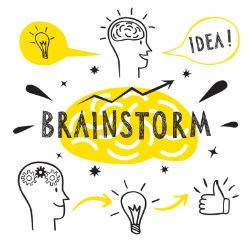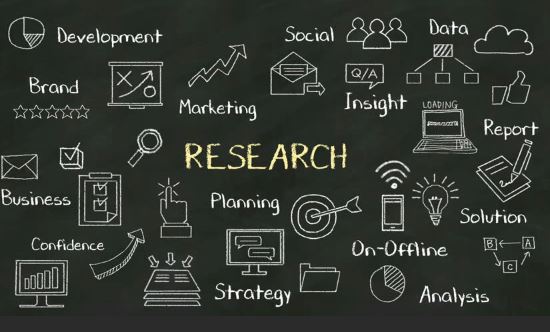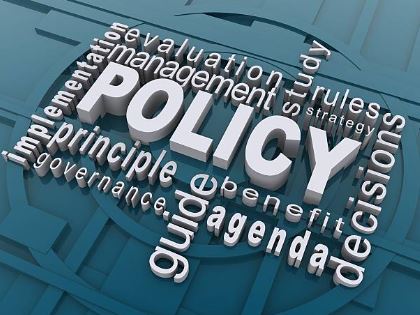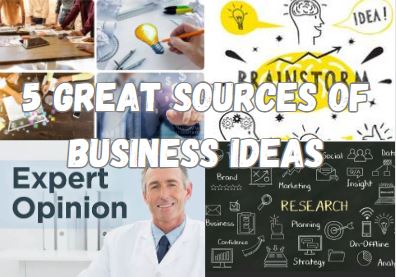1. Brainstroming
Brainstorming is a creative process designed to produce a large number of ideas quickly. It entails free-form, nonjudgmental ideation, frequently in a group environment. Participants are encouraged to express a variety of unusual and unique ideas through this process. In the early stages, quantity is valued more than quality, which encourages innovation. Following the generation of an abundance of ideas, the emphasis is directed toward assessing and honing the most promising ones. Brainstorming encourages group problem-solving, unleashing creativity, and identifying original solutions.

2. Expert opinions
Expert opinions are judgments made by people with in-depth knowledge or a great deal of experience in a particular field. Because of the expert’s authority and reputation, these views are considered reliable. With their extensive knowledge at hand, specialists assess circumstances, make recommendations, and offer insights. Expert judgment is important, but it’s not perfect, and it can differ depending on the viewpoint of the individual. In order to make informed decisions in a variety of fields, including business and medicine, it is imperative to take into account a variety of expert opinions and contextual factors.

3. Research and Development
Organizations use research and development (R&D) as a systematic approach to innovate, enhance, or develop new goods, systems, or services. It entails scientific research, experimentation, and concept exploration to increase understanding and potential. Research and development (R&D) is essential to advancing technology and boosting competitiveness. Businesses invest in R&D to stay ahead of the curve in their sectors, promoting creativity and responding to shifting consumer needs. Gaining a competitive edge, increased efficiency, and innovative solutions are the results of successful R&D initiatives. It includes many different fields, such as technology, engineering, and science.

4. Existing products
Existing products refer to goods or services that are already available in the market. These products have undergone development, production, and are actively sold or provided to consumers. Companies continuously refine and update existing products based on consumer feedback, technological advancements, and competitive pressures. The life cycle of a product involves stages such as introduction, growth, maturity, and decline. Businesses often employ strategies like product differentiation, marketing, and innovation to sustain and grow market share for existing products. Monitoring consumer trends and adapting to changing demands is crucial for the continued success of these products in the marketplace.

5. Government policies
A government may establish guidelines, rules, or plans of action to address particular problems, accomplish objectives, or control different facets of society. These are known as government policies. These regulations may address a variety of topics, such as foreign policy, social, environmental, and economic issues. Policies are tools used by governments to mold and influence the conduct of people, companies, and organizations. Examples include monetary policies that affect interest rates and the money supply, fiscal policies that deal with taxes and spending, and social policies that deal with matters like healthcare and education. Government policies have an impact on both citizens and industries, and they are essential in determining how a nation is governed and operates overall.


